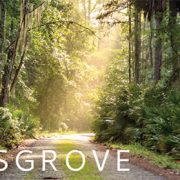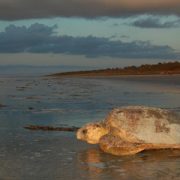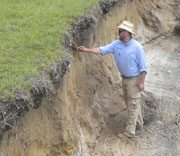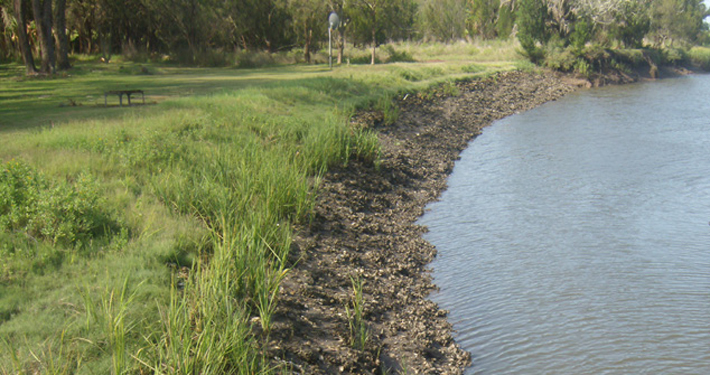$1 Million Challenge Grant Fuels Musgrove Campaign
An anonymous donor took major action this July with a $1 million challenge grant to the St. Simons Land Trust’s Campaign to Preserve Musgrove. “Now is the time to take care of this island,” he said, citing land conservation as a great way for folks to make a positive impact on St. Simons Island and retain the island’s natural and cultural character for the future. All additional gifts to the Campaign through January 31, 2017 will be matched by this pledge, up to $1 million. The anonymous donor is a St. Simons resident and longtime supporter of the Land Trust. This gift would be the donor’s largest to both the St. Simons Island community and to conservation.
The Land Trust campaign will preserve 260 acres of the Musgrove property. The large, mid-island tract includes more than 200 acres of mature maritime forest, pond pine flatwoods, and rare plants. The positive impact of preserving Musgrove benefits not only the immediate area of the St. Simons Island, but extends to the Altamaha River’s estuary and delta, five miles to the north, linking conservation lands on barrier islands to the south with the extensive Altamaha River corridor. This alone endows the land with the highest priority for protection.
The Georgia Department of Natural Resources (DNR) agreed in December to hold a conservation easement on the property. “The Musgrove property is a significant addition of habitat to the permanently protected lands in the Altamaha estuary and the entire coast,” said Jason Lee, program manager in DNR’s Wildlife Resources Division. “The state-held conservation easement guarantees proper management of these priority habitats,” he added. “Georgia DNR is excited to partner with the Land Trust in this conservation effort.”
Once acquired, the St. Simons Land Trust will open Musgrove to the public to provide a multi-faceted experience for learning about the island’s natural history and ecology with low-impact recreation through three miles of trails as well as waterfront access.
The Musgrove property will be a compelling neighbor to the Land Trust’s 600-acre Cannon’s Point Preserve. Between these two properties, there lies a unique opportunity on rapidly developing St. Simons Island to establish a three-mile wilderness corridor where shorelines are relatively undeveloped, maritime forest remains untouched, and varied wildlife thrive.
“I have been inspired by the Land Trust’s vision for a wilderness corridor on the north end of St. Simons, bookended by Cannon’s Point and Musgrove,” says Wendy Paulson, who has contributed significant time and resources to the preservation of Cannon’s Point. “They offer residents and visitors the opportunity to experience what I call ‘Georgia Primeval,’ an opportunity increasingly unavailable in our highly developed, highly tech-centric society.”
The St. Simons Land Trust has raised $5.9 million towards its $11 million goal for Musgrove, with a lead gift of $2 million from the National Coastal Wetlands Competitive Grants Program of the U.S. Fish and Wildlife Service. When new donors help the Land Trust claim the $1 million matching opportunity, the campaign will be within 30% of the goal with $7.9m raised.
To learn more and co-invest in the Campaign to Preserve Musgrove, please call the St. Simons Land Trust at 912-638-9109 or visit www.sslt.org.
PHOTO BY H2O CREATIVE GROUP






